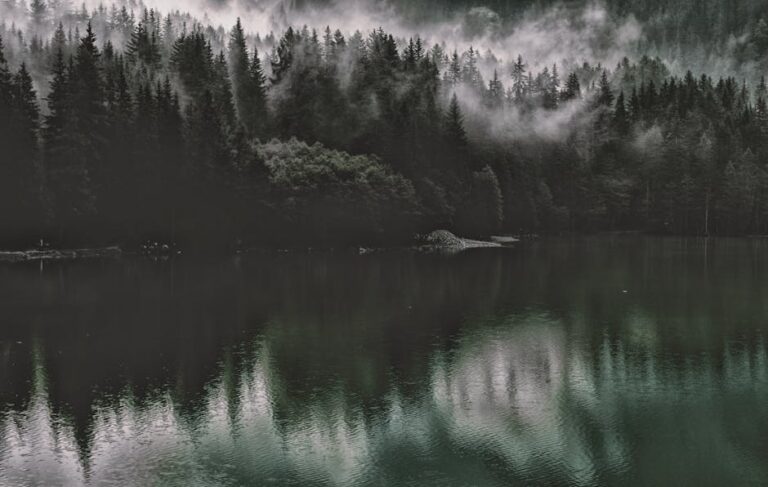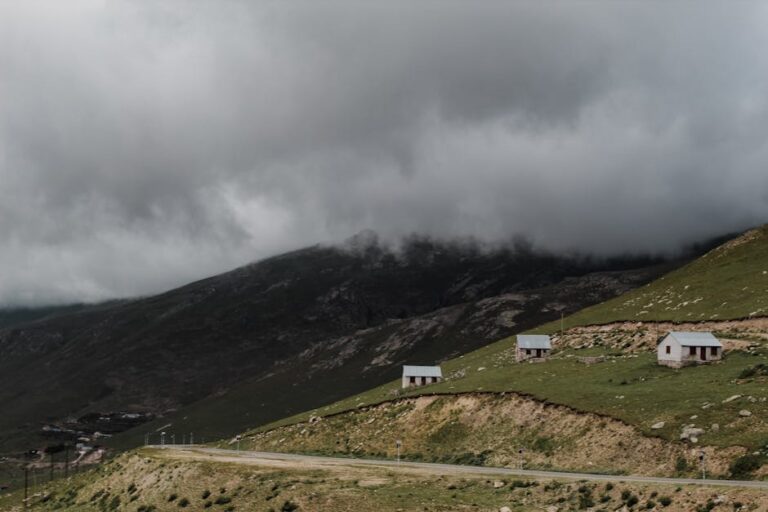Table of Contents
So, you’re thinking about a trip to Haridwar in 2025? Honestly, that’s a pretty cool idea. Most times, when people plan a trip, they’re all about beaches or big cities, but Haridwar, man, it’s just different. It’s got this vibe that kinda sticks with you, a mix of ancient quiet and a bustling energy that you don’t really find just anywhere else. For me, going there is less about checking off sights and more about feeling something, if that makes sense. It’s like, you go, and you kinda just soak it all in, especially that whole Ganga experience. It’s not just a place; it’s a whole mood, a whole feeling. And if you’re into places that make you pause and think, then yeah, Haridwar should totally be on your list for the next year. It’s been around forever, and you can tell – the stones, the river, the air even, they all kinda hum with history.
It’s funny, a lot of folks might not even know much about it beyond just hearing the name. But Haridwar, which basically means “Gateway to God,” sits right where the mighty Ganges River leaves the mountains and hits the plains. That’s why it’s such a big deal for so many people. Pilgrims have been coming here for centuries, maybe millennia, and that collective spiritual energy? You can practically feel it buzzing. And yeah, it’s true, it gets super busy, especially during festivals, but even in the thick of it, there’s this weird sense of calm, like everyone’s there for a shared, bigger thing.
Getting There and When to Go: Your 2025 Haridwar Plan
Alright, let’s talk logistics for 2025. Getting to Haridwar isn’t hard, really. It’s got a pretty good train station that connects to a lot of major cities in India. If you’re flying in, the closest airport is in Dehradun, called Jolly Grant Airport. From there, it’s a manageable drive, maybe an hour or so, depending on traffic. You can grab a taxi or even a shared cab, and the road is decent enough. What’s interesting is, even the journey itself starts to feel like part of the trip, especially when you begin to see the mountains in the distance or catch glimpses of the river.
Now, about when to go, that’s actually pretty important. Haridwar can get really hot in the summer (like, May to July hot), and the monsoon (August to September) can be super humid and rainy, which might mess with your plans, especially if you want to hang out by the river. In my experience, the best time, hands down, is from October to March. The weather’s generally way nicer then, like, cool and pleasant. The air is clear, and walking around, checking out the ghats (those steps leading to the river) feels much more comfortable. Plus, if you time it right, you might catch some of the smaller, local festivals that happen around those months, which are usually pretty cool to see without the huge crowds of the bigger ones like Kumbh Mela (which isn’t happening in 2025, so don’t worry about that level of intensity). Just remember, December and January can get chilly, so pack some layers.
What to Do in Haridwar: Beyond Just the Aarti
Okay, so everyone talks about the Ganga Aarti, and yeah, it’s a showstopper. But there’s more to Haridwar than just that one incredible evening ritual. The Aarti at Har Ki Pauri is, in simple terms, mesmerising. When the sun goes down, and all those lamps are lit, floating on the river, and the chants start, it’s really something else. It pulls you in, you know? Like, even if you’re not super religious, that moment, with the sound and the fire, it makes you feel part of something big. Try to get there early if you want a good spot, because it gets absolutely packed. I’m talking shoulder-to-shoulder, especially on weekends.
But during the day, there’s plenty to explore. You can just walk along the ghats, observing life. People taking dips in the Ganga, families doing rituals, sellers hawking flowers and offerings. It’s a real slice of everyday Indian life, all centered around this incredible river.
You should definitely check out the Mansa Devi Temple and Chandi Devi Temple. They’re both on hilltops, so you can either hike up (which is a bit of a workout, but hey, good for the soul, right?) or take a cable car (the ropeway). The views from up there are pretty sweet, you get this panoramic look at Haridwar spread out below, with the river winding through it. And the temples themselves have a certain quiet dignity about them. Also, the Maya Devi Temple is another ancient one that’s right in the town, easy to get to. It’s one of the oldest temples in Haridwar, definitely worth a visit if you’re around.
Then there’s the Shanti Kunj Gayatri Parivar, which is this huge ashram and university. It’s a different vibe, more about education and spiritual development. You can spend some time there, maybe even join one of their sessions or just walk around the campus. It’s peaceful, and a nice contrast to the busy ghats. What’s interesting is how diverse the spiritual experiences are in Haridwar, from the ancient temple rituals to these more modern spiritual centers.
Eating and Staying: Making Your Trip Comfy and Tasty
When it comes to food in Haridwar, it’s mostly vegetarian, and honestly, it’s really good. Street food is a must-try. You’ll find stuff like aloo poori (puffy fried bread with potato curry), chole bhature (another fried bread with chickpea curry), and then there are the sweets, oh man, the sweets. Jalebis, gulab jamuns, pedas – just go for it, don’t even think about the calories. And chai, of course, everywhere. There are also lots of small restaurants and dhabas (roadside eateries) where you can get a proper thali (a platter with various dishes). My personal observation is that the simpler the place looks, the more authentic and tasty the food often is. Don’t be afraid to try some of the small, unassuming places tucked away in the alleys.
For staying, Haridwar has all sorts of options. You can find super fancy hotels if that’s your thing, but there are also plenty of mid-range hotels and guesthouses. And of course, ashrams. Staying in an ashram can be a really unique experience, often very simple but peaceful, and usually pretty easy on the wallet. It kinda depends on what you’re after. If you want comfort and all the usual hotel amenities, go for a hotel. If you’re looking for something more low-key and perhaps a bit more immersive in the local spiritual life, an ashram could be a cool pick. Just make sure to check reviews, especially for smaller places, and book in advance, particularly if you’re going during a popular time.
A Few Things to Keep in Mind for Your Haridwar Journey
visiting Haridwar, or any place really, you wanna be smart about a few things. First off, respect the local customs. It’s a deeply spiritual place for a lot of people, so dressing modestly (covering shoulders and knees) is a good idea, especially when visiting temples or religious sites. And when you’re around the ghats, just be mindful of people performing their rituals.
Also, be careful with your stuff. Like anywhere with crowds, pickpocketing can be an issue, so keep an eye on your bag and wallet. And haggle a bit when you’re shopping in the local markets; it’s kinda expected. For getting around, auto-rickshaws are plentiful and usually not too expensive for short distances. Just agree on the fare beforehand to avoid any surprises.
What’s interesting is how many different kinds of people you see there. You have the serious pilgrims, the curious tourists, even just families having a day out. It all blends into this unique, bustling picture. Haridwar isn’t about being perfect or super orderly; it’s about life, spirituality, and just being in the moment. It definitely leaves an impression, and I believe you’ll carry some of that peace and energy with you long after you leave. So, yeah, for 2025, if you’re looking for a trip that’s a bit different, a bit more soul-stirring than your average getaway, Haridwar is calling. Go check it out, seriously.
FAQs about Haridwar Travel in 2025
Q1: Is Haridwar safe for solo female travelers in 2025?
Yeah, generally, Haridwar is considered pretty safe. Like anywhere, you gotta be aware of your surroundings, especially at night or in very crowded areas. Stick to well-lit places, avoid walking alone in secluded spots after dark, and maybe consider staying in a reputable hotel or guesthouse. During the Ganga Aarti, it can get super packed, so just keep an eye on your belongings.
Q2: What should I wear when visiting temples and ghats in Haridwar?
It’s best to dress modestly. That means clothes that cover your shoulders and knees. Stuff like long skirts, salwar kameez, or trousers with a modest top are good options. It’s a sign of respect for the local traditions, and you’ll feel more comfortable blending in.
Q3: Can I swim in the Ganga River in Haridwar?
Lots of people take a holy dip in the Ganga, especially at Har Ki Pauri. The current can be strong in some spots, so if you’re going to get in, be cautious. There are chains and barriers in some areas to hold onto. Just remember, it’s a river, so be sensible about it.
Q4: Are there any specific scams tourists should be aware of in Haridwar?
You know, like any popular tourist spot, there might be a few folks trying to make an extra buck. Be careful of “purohits” (priests) who might pressure you into expensive rituals or donations. Just politely decline if you’re not interested. Also, watch out for overly friendly strangers offering “help” or claiming to know special shortcuts. It’s just common sense stuff, really.
Q5: What’s the best way to get around Haridwar once I’m there?
For short distances, auto-rickshaws are super common and pretty cheap. Just make sure to agree on the fare before you start the ride. For exploring the main ghats and market areas, walking is actually the best way. It lets you really soak in the atmosphere. You can also hire cycle-rickshaws for a more leisurely pace in certain areas.












